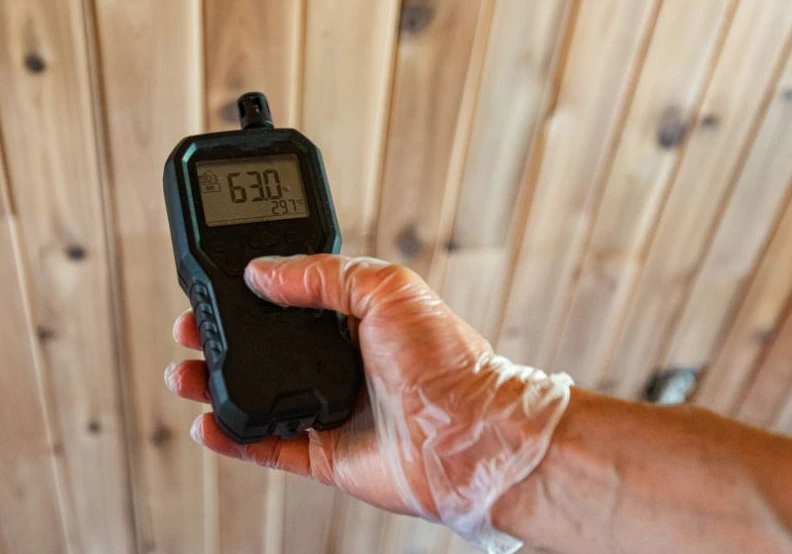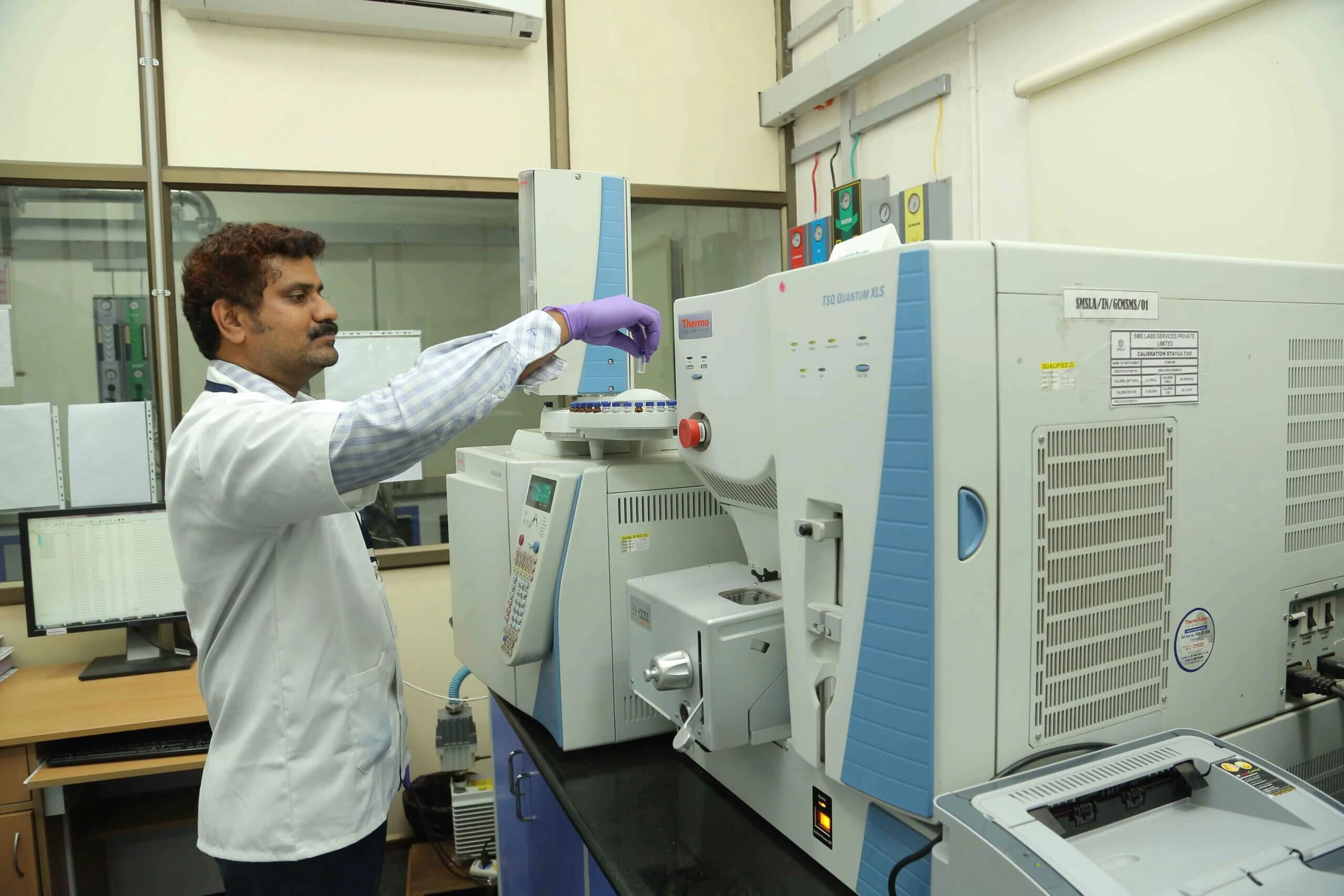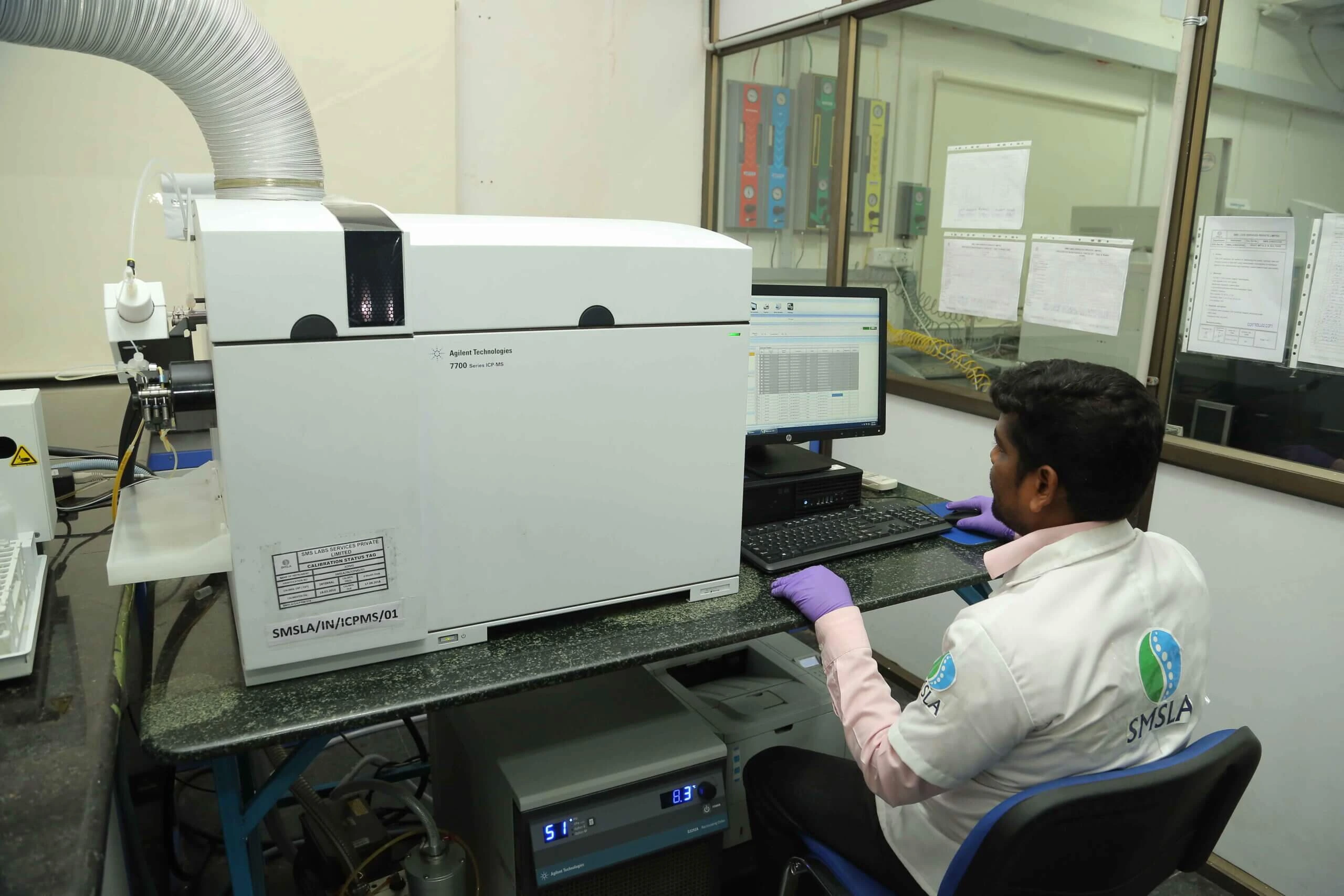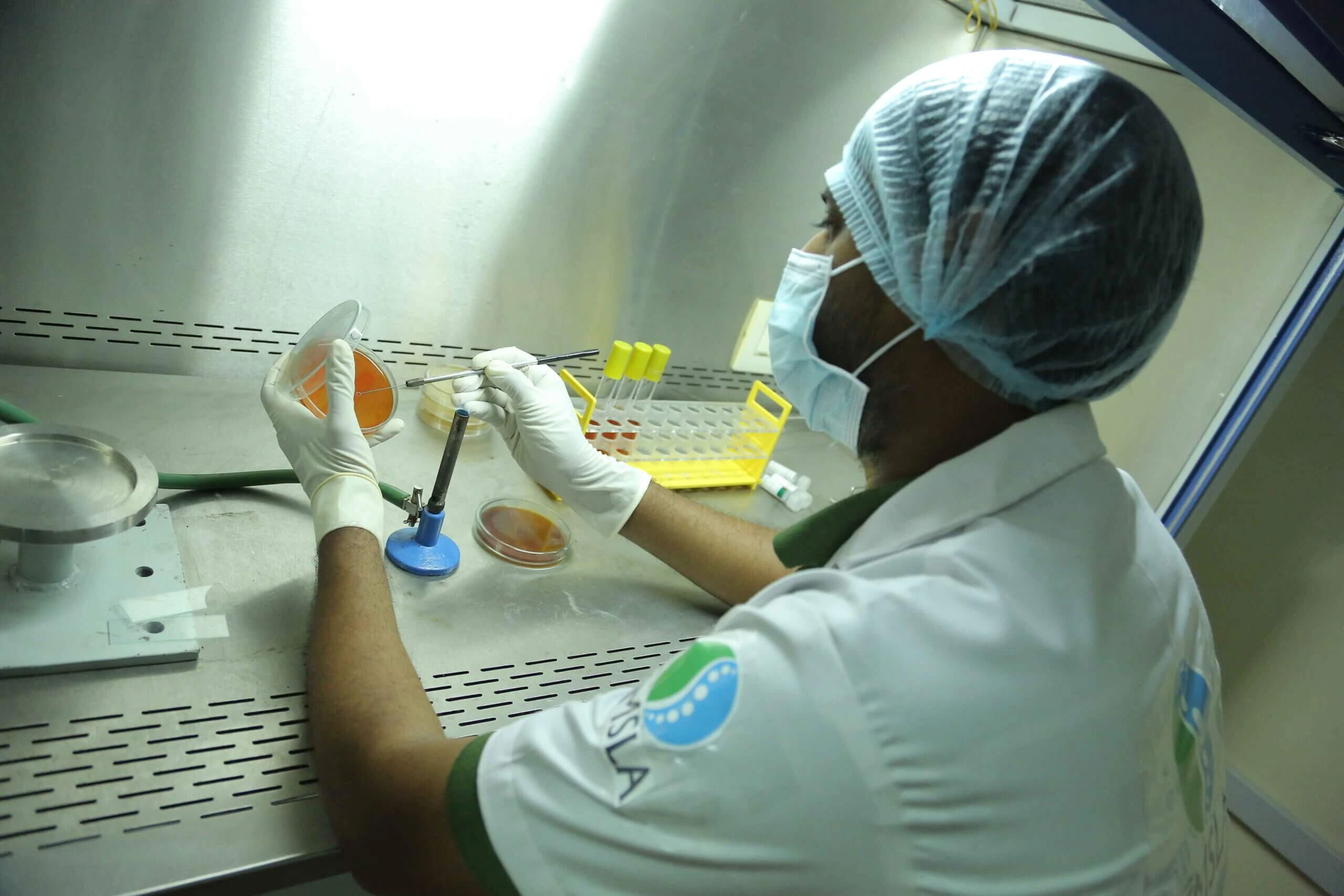Allergies can significantly impact our quality of life, causing symptoms ranging from sneezing and itching to more severe reactions. While we often associate allergies with outdoor triggers like pollen and grass, indoor allergens can be just as troublesome. One effective way to manage indoor allergies is through air quality testing.
The unique challenge of indoor allergies is that they are persistent, present year-round, and often closely tied to our immediate living environment. Our homes, where we spend a significant portion of our time, can harbor allergens that exacerbate these symptoms.
Whether it's the microscopic dust mites thriving in our bedding and carpets, the protein-laden pet dander clinging to our upholstery, or the insidious mold spores lurking in damp, hidden corners, indoor allergens can be potent triggers.
In this blog post, we'll explore the importance of air quality testing for allergies, identify common indoor triggers, and discuss effective strategies to manage them.
Understanding Indoor Allergens for Air Quality Testing
Indoor allergens are a diverse group of substances that have the potential to trigger allergic reactions when they are inhaled, ingested, or come into contact with the skin.
These allergens often hide within the confines of our homes, and for many individuals, they represent a constant and often invisible threat to their well-being.
The most common indoor allergens include a range of microscopic culprits, each with its unique characteristics and mechanisms for eliciting allergic responses. Let us see them broadly-
Dust Mites:
These minuscule arachnids, measuring less than a millimeter in size, thrive in the often overlooked and hard-to-reach places within our homes. They make their homes in bedding, mattresses, and upholstered furniture. Dust mites leave behind tiny particles, such as feces and body fragments, that can become airborne and trigger allergies when inhaled.
Pet Dander:
Many households have beloved cats and dogs, but the proteins found in pet skin cells, urine, and saliva can cause allergic reactions in those who are sensitized to them. These allergenic proteins can become airborne and settle on various surfaces, making them hard to avoid.
Mold Spores:
Mold is a resilient and pervasive allergen that can grow in damp or poorly ventilated areas of the home. When mold releases spores into the air, these tiny particles can be inhaled and, for some individuals, lead to allergic reactions and respiratory issues.
Pollen:
While commonly associated with outdoor allergies, pollen from plants and trees can enter your home through open windows and doors, causing allergic symptoms when it becomes airborne indoors.
Cockroach Allergens:
Particles from cockroach bodies and droppings can also become airborne and trigger allergic responses, particularly in homes where these pests are present.
Also, check out our blog on Food Allergy Testing at Home for understanding how food products contain allergens similar to the above.
The Importance of Air Quality Testing for Allergies
Air quality testing is an invaluable resource for individuals who suffer from allergies, and here's why it plays a crucial role in managing indoor allergens effectively:
1. Identifying Specific Allergens:
One of the primary benefits of air quality testing is its ability to pinpoint the presence of specific allergens within your home. This precise identification is crucial because not all allergies are created equal.
Different individuals may have sensitivities to different allergens. By knowing exactly which allergens are present, you can customize your allergy management approach.
Rather than adopting a one-size-fits-all strategy, you can address the specific triggers that affect you and your family, leading to more targeted and effective solutions.
2. Quantifying Allergen Levels:
Air quality testing doesn't just identify the presence of allergens; it also provides data on the concentration levels of these substances in your indoor environment. High levels of allergens indicate a pressing need for more rigorous cleaning or mitigation strategies.
This quantification allows you to prioritize your efforts based on the severity of the allergen problem, helping you focus your resources where they are needed most.
3. Tracking Changes Over Time:
Allergy management is not a one-time task but an ongoing process. Indoor environments are dynamic, and allergen levels can fluctuate due to various factors, including seasonal changes and alterations in your living habits.
Regular air quality testing enables you to monitor these changes over time. By doing so, you can assess the effectiveness of your allergy management efforts. If allergen levels remain high or increase, you'll be alerted to the need for adjustments in your strategies.
4. Customizing Allergy Management:
Armed with comprehensive knowledge about the types and concentrations of allergens in your home, you gain the power to tailor your approach to managing allergies.
This customization can take various forms, such as adjusting your cleaning routines to target specific allergens, implementing air purification systems to filter the air more effectively, or modifying your living space to reduce allergen sources.
It empowers you to make informed decisions that align with your unique needs and circumstances.
For Doing Air Quality Testing it is important to take the assistance of a professional Air Quality Testing Laboratory. Check out how we at SMS LABS provide professional Air Quality Testing for your personal and business needs.
Managing Indoor Allergens after Air Quality Testing
Once you've successfully identified the indoor allergens plaguing your home through comprehensive air quality testing, it's essential to take proactive steps to manage them effectively.
Doing so can create a healthier and more comfortable living environment for you and your loved ones. Here are some actionable strategies to consider:
1. Improve Ventilation:
Ensure that your home benefits from proper airflow. This can be achieved by using exhaust fans in areas like bathrooms and kitchens, opening windows to allow fresh air in, and investing in air purifiers equipped with HEPA (High-Efficiency Particulate Air) filters.
HEPA filters are highly effective at trapping and removing airborne allergens, providing a substantial improvement in indoor air quality.
2. Regular Cleaning:
Maintaining a regular and rigorous cleaning routine is essential to reduce allergen exposure. Invest in a vacuum cleaner equipped with a HEPA filter to capture and contain allergens during the cleaning process effectively.
Wash bedding, including sheets, pillowcases, and comforters, in hot water to eliminate dust mites and other allergens. Additionally, make dusting and cleaning surfaces throughout your home a routine task to keep allergen levels in check.
3. Minimize Moisture:
Mold, a common indoor allergen, thrives in damp environments. To mitigate mold growth, it's imperative to address any leaks or areas of excess moisture promptly.
Consider using dehumidifiers to maintain optimal humidity levels in your home. By reducing humidity, you create an inhospitable environment for mold, thereby reducing the risk of mold-related allergies.
4. Pet Care:
If you have pets at home, their care and grooming play a significant role in managing pet-related allergies. Bathe and groom your pets regularly to reduce the shedding of allergenic proteins.
Designate specific pet-free zones within your home, especially in bedrooms, to minimize allergen exposure in areas where you spend a significant amount of time.
5. Allergy-Friendly Furniture and Flooring:
Consider making changes to your home environment to make it more allergy-friendly. Opt for hypoallergenic furniture and materials that are less likely to trap or release allergens.
Minimize the use of carpeting, which can harbor allergens, and choose hard flooring options that are easier to clean. Additionally, protect your bedding with allergen-proof covers for pillows and mattresses, creating a barrier against dust mites and other allergens.
Conclusion
Air quality testing for allergies is a proactive step in identifying and managing indoor allergen triggers. By understanding the specific allergens present and their concentration levels, you can implement targeted strategies to reduce exposure and alleviate allergy symptoms. These measures can significantly improve your quality of life and ensure a healthier and more comfortable indoor environment for you and your family.





